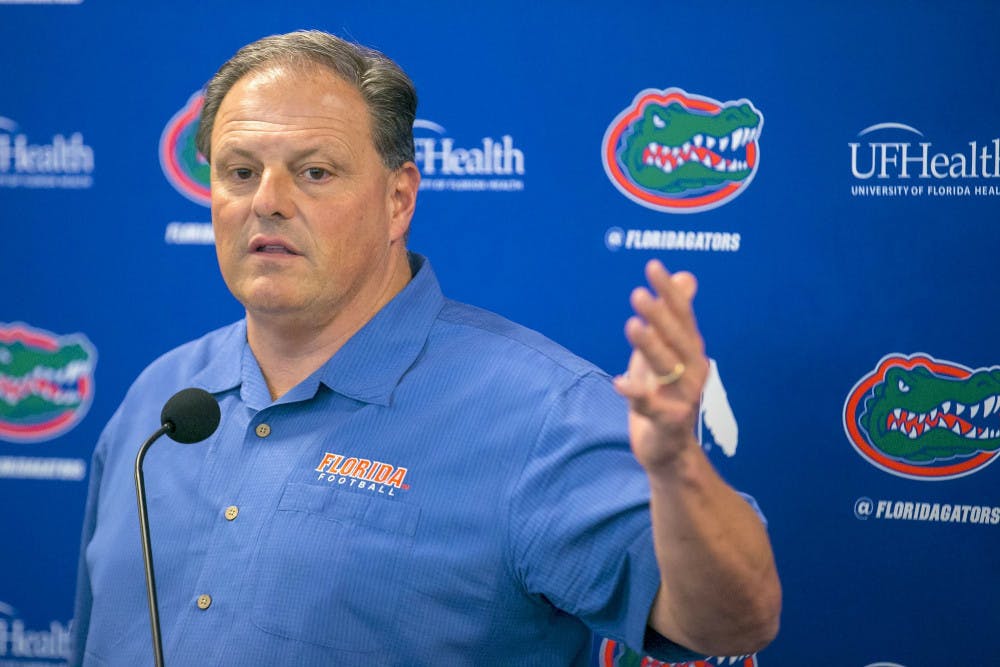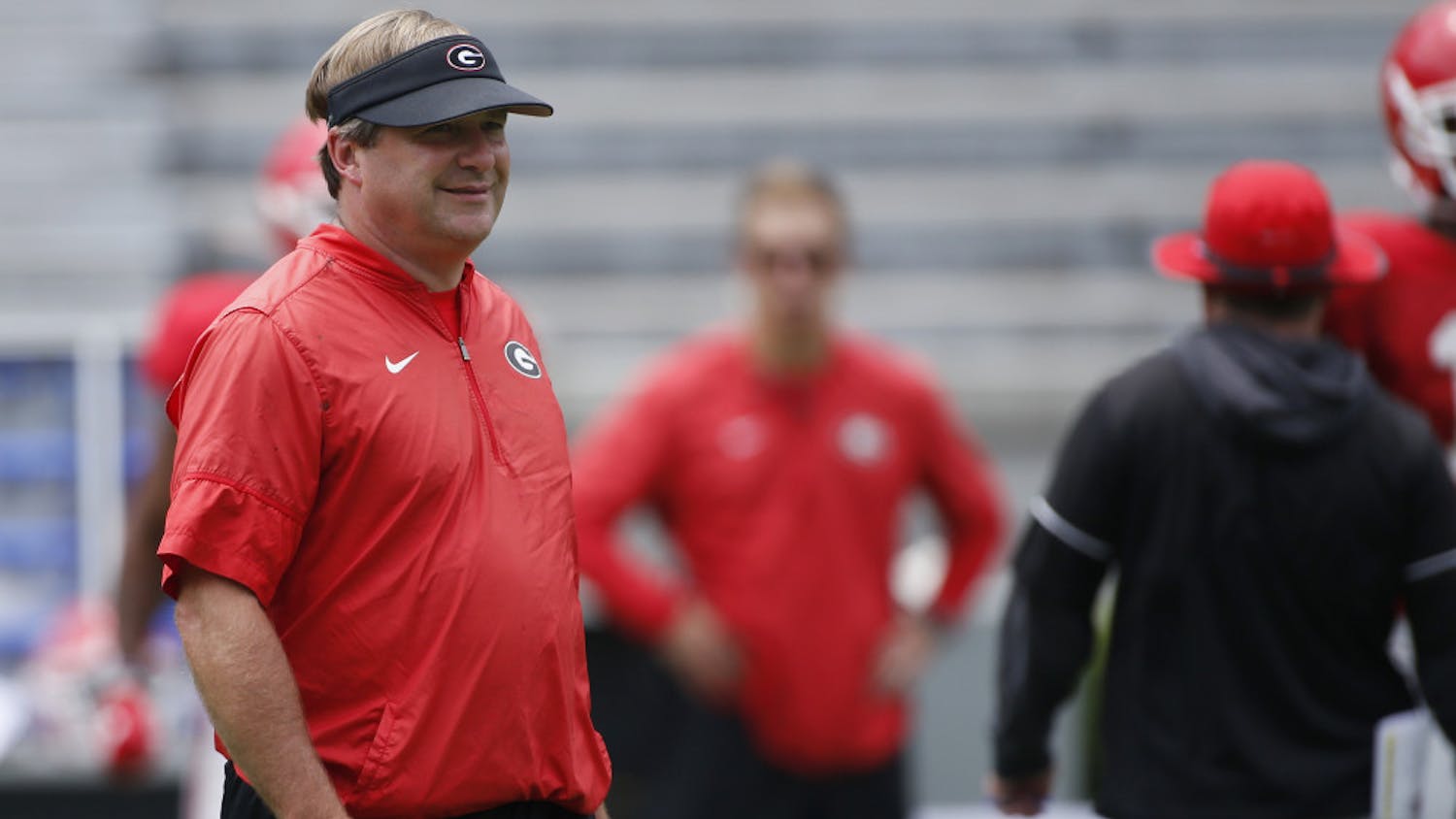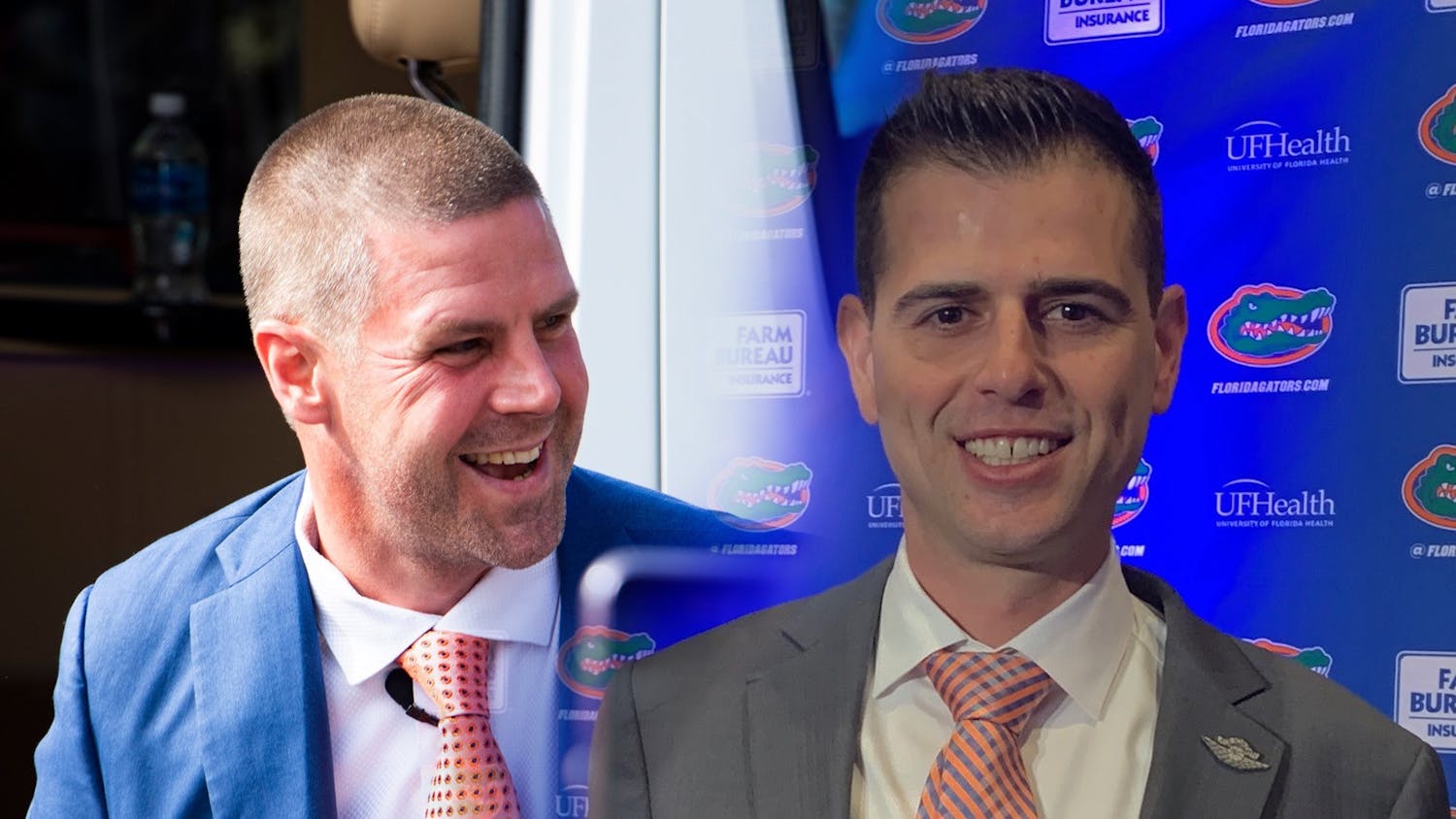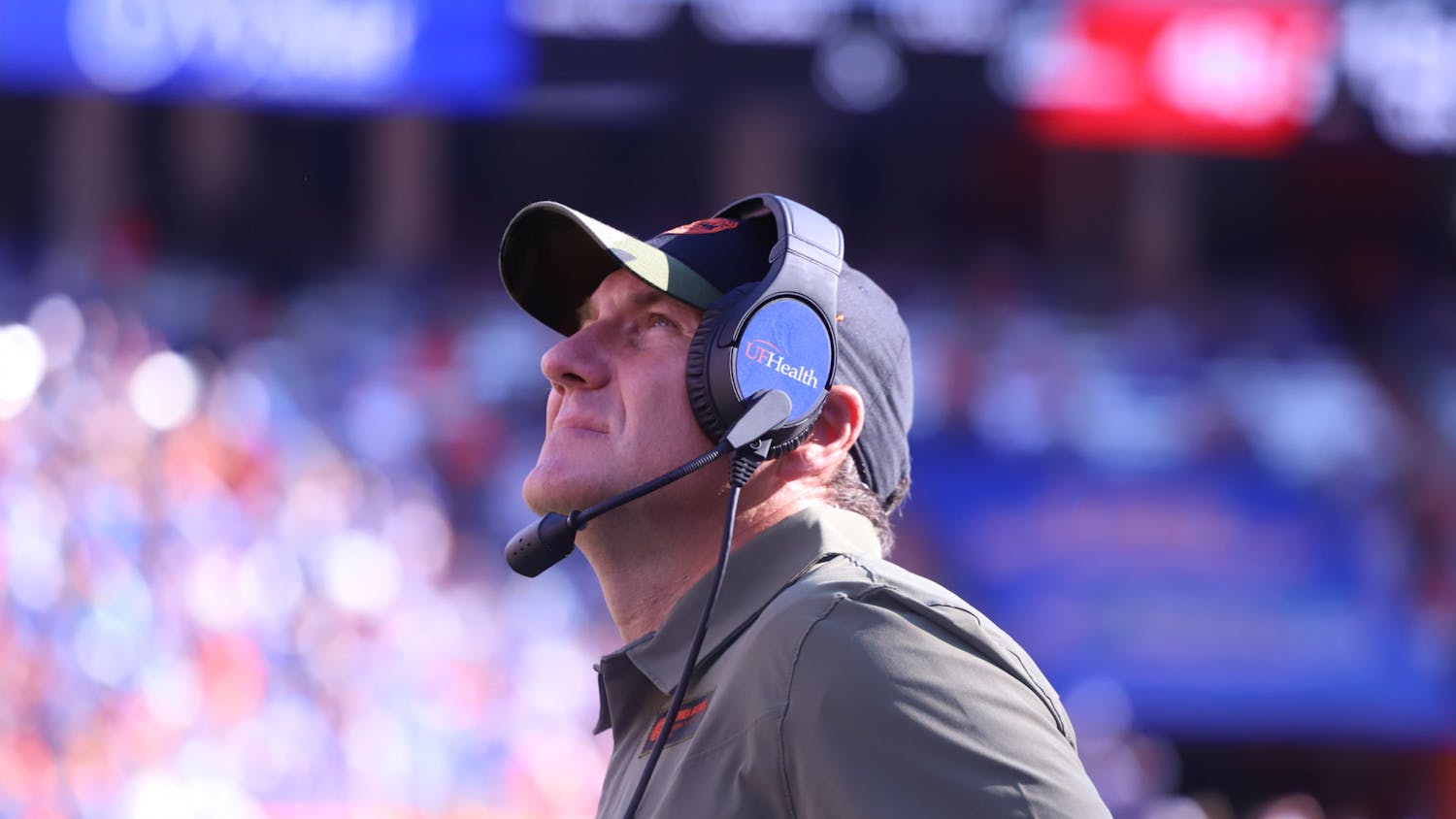Florida defensive coordinator Todd Grantham has earned a bit of a reputation.
He likes to get after the quarterback, especially on third-and-long scenarios.
Even before arriving in Gainesville, the former Georgia, Louisville and, most recently, Mississippi State defensive playcaller was known for his aggressiveness.
But, when you bring the pressure, you’re prone to getting beat over the top. This problem has been pervasive on Grantham-coached teams, and the phenomenon of allowing big plays on third-and-long has been (unaffectionately) dubbed “third and Grantham” by fans and pundits.
It plagued the Gators throughout the 2018 season.
Or did it?
In this edition of alligatorSports’ “By the Numbers,” we examined every third-and-long situation Florida’s defense faced last season to determine whether “third and Grantham” was real or just a confirmation bias-fueled myth.
How aggressive were the Gators on third-and-long situations?
Short answer: not very.
For the purpose of this analysis, we defined third and long as seven or more yards to gain. The Gators forced 110 third and longs last year.
Defining a blitz as rushing the quarterback with more than four defenders, Florida blitzed on 46 of these, meaning it rushed only 41.8 percent of the time on third and long.
This already dispels much of the “third and Grantham” hypothesis, but it doesn’t mean the Gators weren’t very aggressive at times, depending on the game situation.
They blitzed more frequently in the second half, with 27 of their 46 third-and-long rushes coming in the final two quarters.
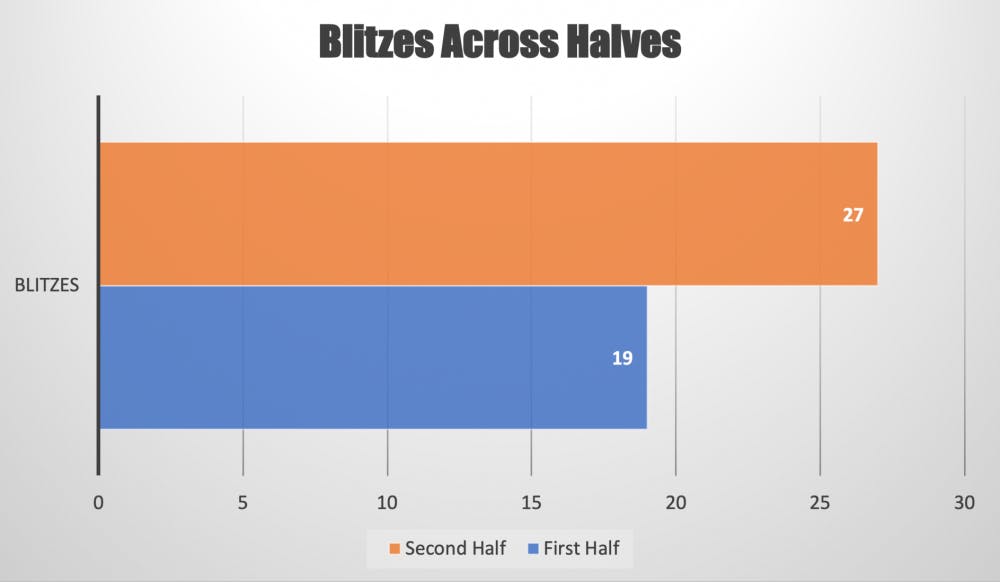
This is to be expected, as most of Florida’s games were close well into the second half. So, the defense rushed more often because the situation necessitated big stops.
UF’s defense was also more aggressive when its opponent was in its own territory. Twenty-nine of its blitzes came when the ball was on the opponent’s side of the 50.
That is also to be expected, as the risks of blitzing when the opponent is deep in its own territory are much less than when it is encroaching on field-goal range.
So, even though some situations called for more aggression than others, the Gators still only rushed three or four defenders most of the time.
But, when they did blitz, they were frequently burned.
Right?
How effective was Florida’s rush?
UF gave up a first down on third and long 28 times.
Though a 25.5 percent conversion rate on third and long is probably higher than head coach Dan Mullen would like to see, it doesn’t mean over-aggressiveness was to blame.
Florida blitzed on 15 of the 28 first downs it allowed. This means that, while they were more likely to give up the first down when they blitzed (32.6 percent) than when they didn’t (20.3 percent), from a results perspective, the Gators gave up nearly as many first downs when they didn’t bring the pressure.
UF allowed four touchdowns on third and long in 2018. All of these came in the three games that it lost.
Florida gave up two touchdowns on third and long against Georgia, and one each against Kentucky and Missouri. It blitzed on two of these touchdowns.
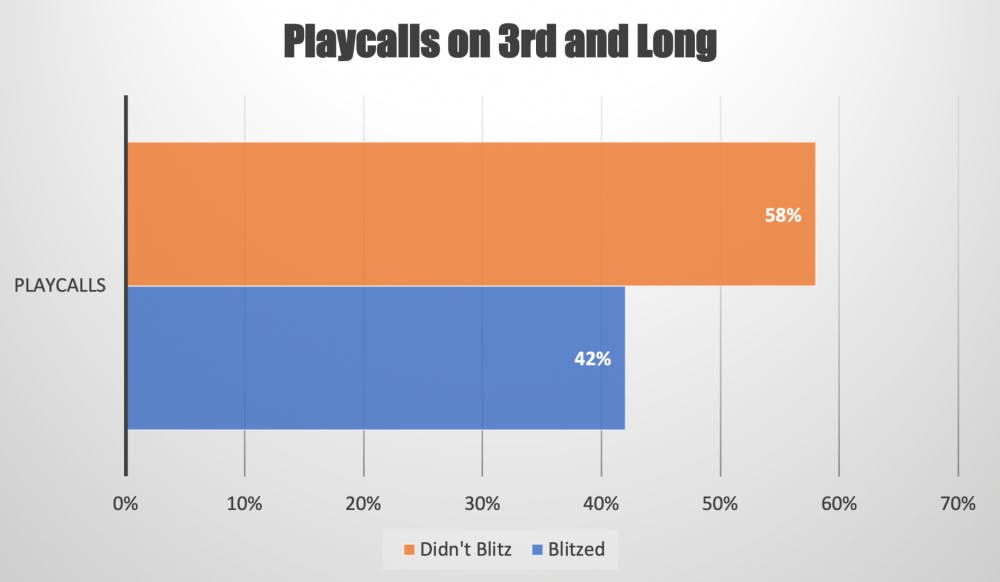
On the other hand, the Gators made several big defensive plays on third and long. They forced four turnovers in these scenarios, blitzing on two of them. They forced 24 total turnovers last season, so third-and-long plays account for 16.7 percent of them.
Florida also sacked the opposing quarterback 11 times on third and long, making up 29.7 percent of its 37 sacks.
Surprisingly, it only blitzed on four of those sacks.
Verdict
The Gators were hardly a very aggressive team when it came to third-and-long situations in 2018. When they did bring the rush, they usually prevented the other team from getting a first down.
Though Florida gave up four touchdowns on third and long, it forced just as many turnovers and more than twice as many sacks.
Overall, whether UF brought the pressure wasn’t a very good indicator of third-and-long success. The results were nearly identical, regardless.
It’s also worth noting that, while the numbers show that Florida wasn’t exceedingly aggressive, its reputation for aggression was very real.
Grantham knew this, and he used it to his advantage.
Florida frequently brought five or six defenders to the line of scrimmage pre-snap, before all but three or four would drop back into coverage at the snap, leaving the opponent guessing.
So, consider the “third and Grantham” myth officially busted.
Grantham’s defensive philosophy doesn’t inhibit the team’s success. If anything, it probably works to Florida’s advantage.
Follow Tyler Nettuno on Twitter @TylerNettuno and contact him at tnettuno@alligator.org.
Todd Grantham’s defense accumulated 37 sacks in his first season as Florida’s defensive coordinator.


